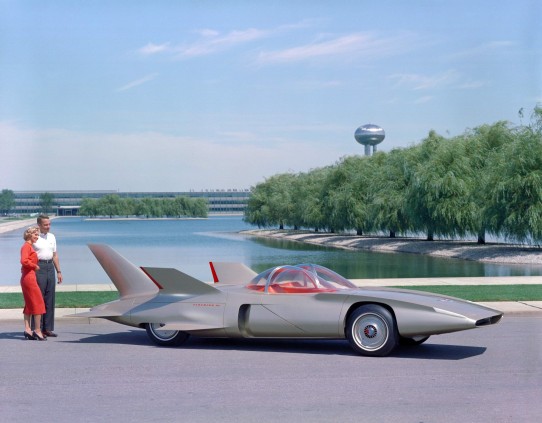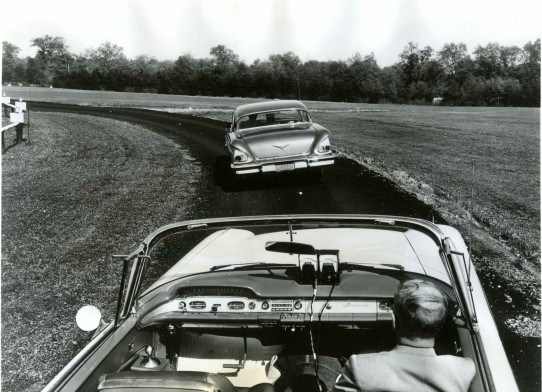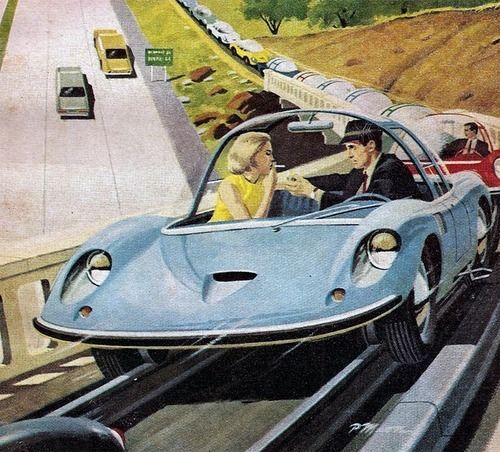|
Return
to Main Page
Liability
of self driving cars

Self
Driving Cars? If
you have an accident with a self driving car, who is at fault? The
car manufacturer, the owner of the car or the occupant
"driver" of the car? I
have enjoyed owning and driving some of the most interesting cars
made and have always enjoyed the freedom of driving without
impediments or restrictions. Nevertheless, if self driving cars can
help reduce accidents and enhance society, I am for them. Besides the
technical aspects, there are many other issues that must be worked
out. My concerns regarding self driving cars including liability,
safety, morality and effectiveness of the technology.
The idea of self driving cars has been around since the dawn of the
automotive age, with many articles on this topic, starting in the
1930's. By the 1939-1940 New York Worlds Fair, self driving cars were
said to be the wave of the future and by the early 1950's, it was
predicted that self driving cars would be the norm by the mid 1970's.
The early self driving car concept depended on one of two systems.
One system included tire tracks built into the road so that cars
could follow and be directed by these tracks, similar in concept to
train rails. Another system, that was pushed throughout the 1950's,
included a tracking electric cable, buried in each car lane, that the
cars were able to follow. In both systems, the cars were able to
communicate with one another so that the moves and destinations of
each car was known and momentary moves were predictable to the other
cars on the road.
|

1956
Firebird was
to be self driving |

Mid
1950's experimental GM self driving car. No steering wheel! |

1960's
designed self driving car using wheel tracks |
I have a number of concerns with the present incarnation of the self
driving cars, that are being explored by the car companies and
certain computer companies such as Google and Amazon. My feeling is
that a combination of self driving cars and conventional driver
controlled cars are not compatible with one another. Self driving
cars can only be truly safe if it is on the road with other self
driving cars, so that each turn and move is relayed in advance to the
other cars so that each car can appropriately take proper evasive or
steering action. Each car must be in sync with the other cars on the
road. Other wise, it person driven car may make an unanticipated move
that the self driven car may not predict in advance. Under the mixed
conditions of a self driven car and a person controlled car, there
might be a slight safety advantage for the self driven car, in terms
of reaction time for such measures as evasive steering or braking,
however the self driven car still could not be accident free, unless
all cars effectively communicated with one another.
Other concerns that I have is who would be considered at fault in
the event of an accident between two self driven cars? What if an
injury or death occurred? Suppose that a group of people, not paying
attention, suddenly ran into the street. Would the on-board computer
make a decision that it was better to crash the self driven car and
thus potentially save the lives of the pedestrians and risk the car
occupant life or would the computer allow the car to hit the group of
pedestrians who ran into the street?
There are many other similar complex moral and legal questions that
must be addressed regarding the use of self driving cars.
I have enjoyed owning and driving some of the most interesting cars
made and enjoy the freedom of driving without restrictions.
Nevertheless, if self driving cars can help reduce accidents and
enhance society, I am for them. Besides the technical aspects, there
are many other issues that must also be worked out. ---Frank
X. Didik 2015 |